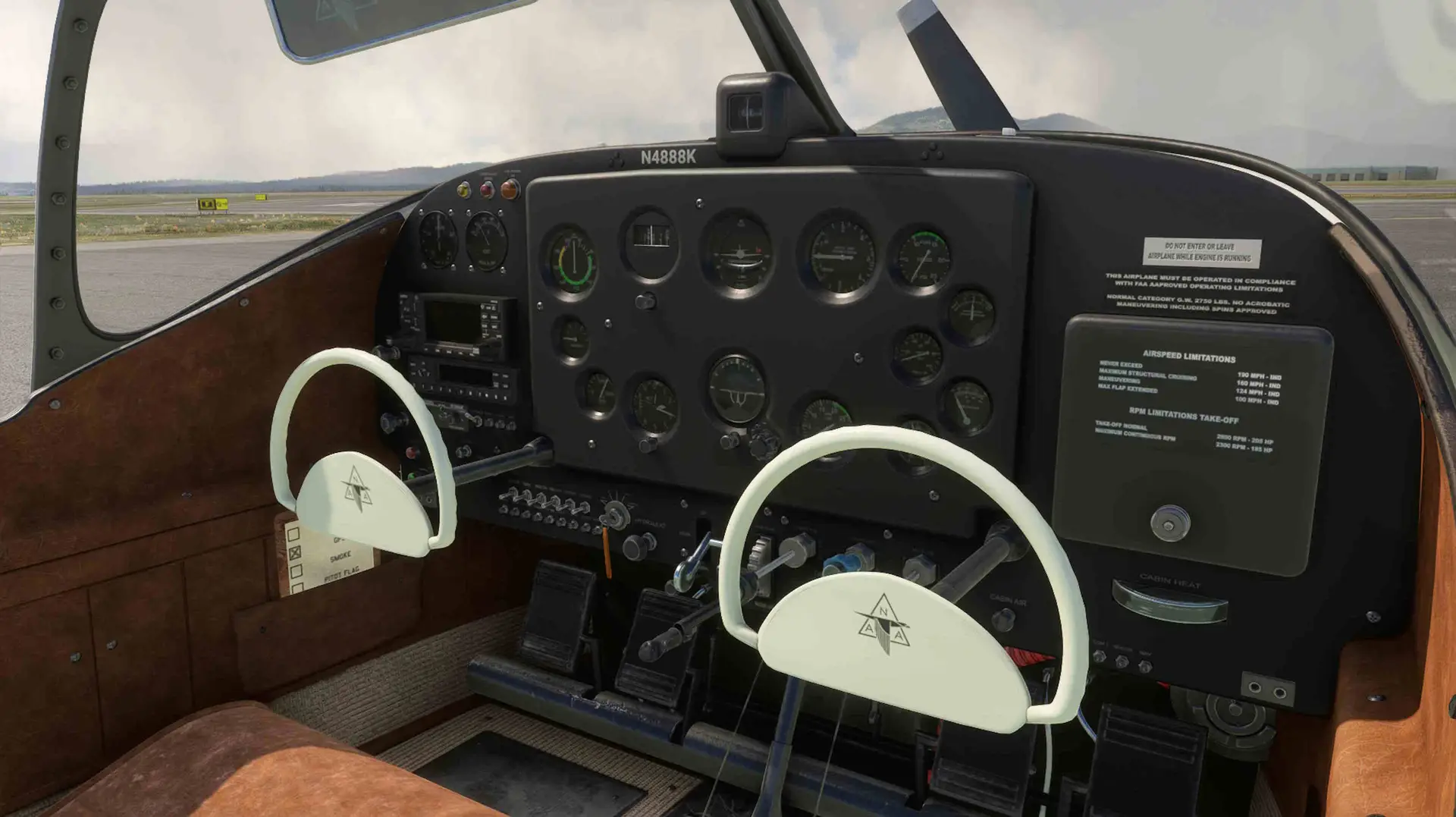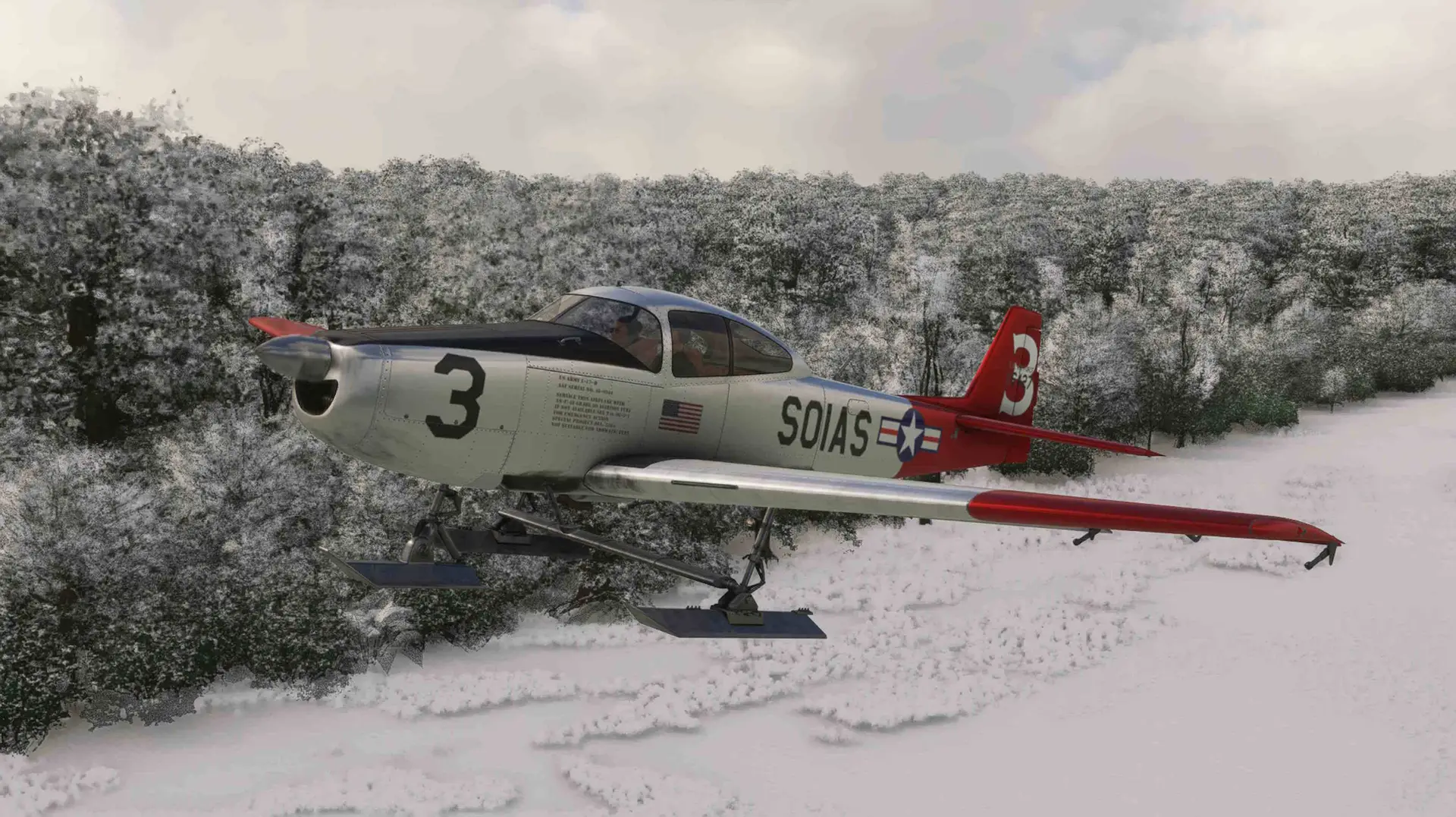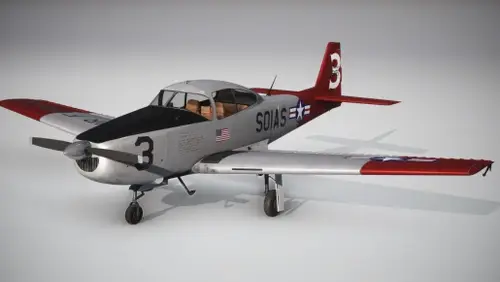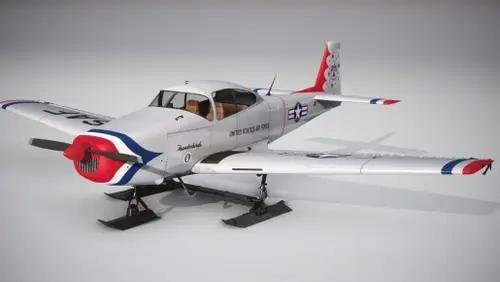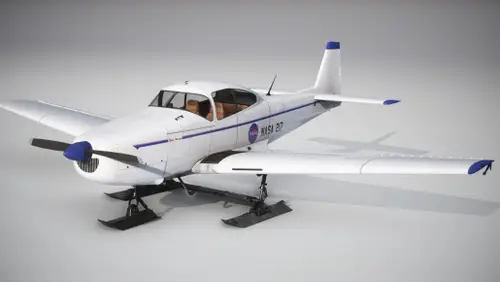- USD 14.99
- -50%
- USD 14.99
- USD 7.49
- Sale Ends: December 3 2025 6:00 PM +00:00
- View more offers at FS Addon Compare
- Added: April 4, 2024
- Updated: December 30, 2024
The Navion was the first civilian aircraft manufactured by North American Aviation, famous for producing legendary military aircraft such as the P-51 Mustang fighter, AT-6 Texan trainer, B-25 Mitchell bomber, and F-86 Saber Jet fighter. The Navion was a rugged aircraft with excellent short and rough field capabilities, good range, and capacity for 4 people along with reasonable cargo. Navions are a dream to fly like all North American aircraft: light on the controls and perfectly harmonized in all axis of flight. The same qualities that made it attractive to civilian buyers caught the attention of the U.S. Army that was looking for a "flying pickup truck" for liaison functions including reconnaissance, per¬sonnel and light cargo carrying, column control, camouflage checking and courier service. Prohibited by the Key West Agreement from procuring fixed-wing aircraft, the Army requested the Air Force place an order for a military version of the Navion. 83 aircraft were ordered in 1947 and given the military designation L-17. Faced with demand for the F-86, North American sold the Navion design and tooling in July 1947 - along with about 60 uncompleted aircraft - to Ryan Aeronautical, famed producer of the Spirit of St. Louis as well as WW II trainers such as the PT-22 Recruit. Ryan received an order for 158 upgraded L-17s in 1948 and a further order in 1949 for 5 more aircraft for the Hellenic (Greek) Air Force for a total of 163 aircraft. Ryan also subcontracted with Schweitzer Aircraft Company to upgrade 33 North American Aviation L-17s with Ryan features such as improved brakes, radios, and aux fuel. To track what were now 3 different types of L-17, unmodified North Amercian Aviation aircraft were designated L-17A, new Ryan aircraft were designated L-17B, and Schwietzer-modified North American aircraft were designated L-17C. The last L-17s were 3 "Super" L-17Ds (also listed as XL-22A or XL-22D) ordered in 1951, based on the new Ryan Navion Model B. This makes for a total of 249 L-17s with about 45 surviving today. 1951 Ryan L-17D 51-16427 - Hangar Studios 713 has modeled 1 of the 3 L-17D models built based on the civilian Ryan 260 HP "Super 260" Navion. It participated in the "Sliding On Ice And Snow”(SOIAS) project for the USAF in December of 1951 in Kenora, Ontario Canada in the Lake of the Woods area. The aircraft were fitted with instrumentation to measure the effectiveness of skis on a variety of aircraft including the L-17D, Northrup YC-125, and the Douglas C-47.

